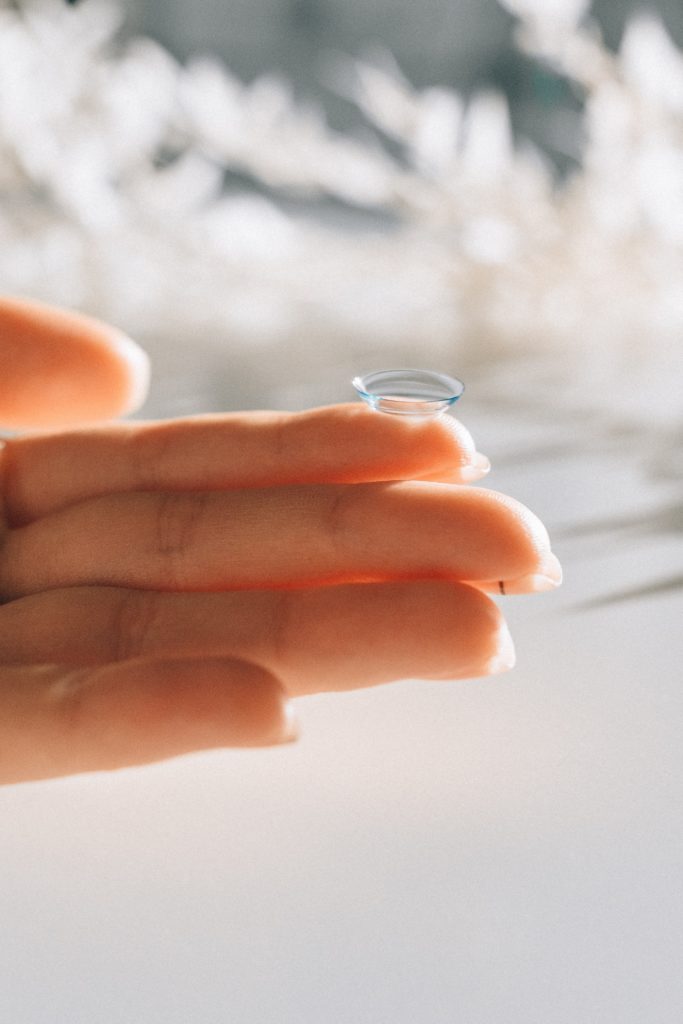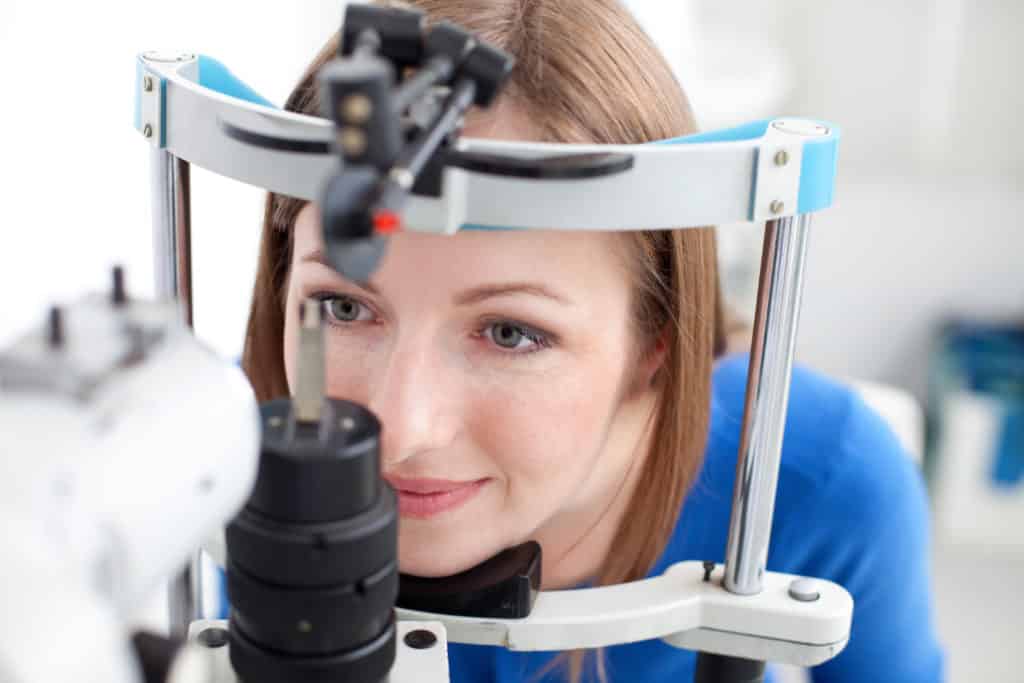
If you typically wear glasses rather than contact lenses or vice versa, you may assume that getting a pair of the other would be as easy as calling your eye doctor and ordering them. This isn’t so, though. Unless you’ve tried to do this or you use both glasses and contact lenses, you may not know that glasses and contact lens prescriptions are not the same.
You need a separate prescription for glasses and for contact lenses due to some seemingly minute but significant differences between the two. If you wear contact lenses, your eye doctor may already provide you with a glasses prescription. However, this is not always the case.
Here is what you need to know about the differences between glasses and contact lens prescriptions, and what to do if you want to try the other type of lenses out.
Why Are Glasses And Contact Lens Prescriptions Different?
If you’re surprised to learn that glasses and contact lens prescriptions are different, you’re not alone. Many people assume that a prescription is a prescription, and that if you already have glasses, you should be able to get contacts with ease.
Glasses and contact lens prescriptions are different due to how you wear them. Glasses sit on the bridge of your nose, about 12 millimeters away from your eyes. Contact lenses are worn directly on your cornea. Because of the difference in how far away they are from your eyes and how you wear them, they require separate prescriptions.
How Are Glasses And Contact Lens Prescriptions Different?
Glasses and contact lens prescriptions are different in more ways than you may expect! Here are some of the chief ways in which they differ.

For Contacts
Because you wear contact lenses on your eyes, a contact lens prescription needs to be fitted to the size and shape of your eye. They don’t just need to have the lens strength, they also need to be fitted to your individual eyes so that they are comfortable. Different people have differently shaped and sized eyes, which impacts the contacts they wear.
Different people also have different demands of their contacts: for instance, one person might need more breathability in their lenses because they wear them for long periods of time or accidentally fall asleep in them from time to time. This is why when you get contact lenses, your eye doctor may have you try out different brands and then include the brand that works best for you on your prescription.
For Glasses
Since you wear glasses at a slight distance from your eyes, glasses prescriptions need your pupillary distance (the distance between your pupils), so you don’t have to worry about crossing your eyes or anything like that. Glasses prescriptions are often weaker than contact lens prescriptions due to the fact that the space between their lenses and your eyes leads to a change in prescription strength.
While your contact lens prescription includes how they should fit, when you purchase glasses, the people you purchase them from will have you try different frames on and ask how they feel. They may make adjustments to the frames in order to help them fit you better. You may opt for one pair of frames over another, due to style, fit, and price.
What Do You Do If You Want To Get Another Prescription?

If you’re an avid glasses or contacts wearer and you want to give the other type of lens a go, you’ll likely need to make an appointment with your eye doctor. Sometimes, when you have your yearly eye exam, your eye doctor will fit you for both contacts and glasses and provide you with both prescriptions. However, state laws vary, and you may need to have different appointments to be fitted.
If you want to try out contacts, you will need a contact lens fitting. This is so that the eye doctor can ensure they are fitted to your eyes and will be comfortable for you.
- About colored contacts. It’s important to note that even if you do not need corrective lenses, if you want to try out colored contacts, you will still need a contact lens prescription. A prescription without lens strength like this is a plano prescription. If you buy colored contacts from a store that does not require a prescription, you could suffer many adverse effects. Learn more about this in our previous blog: Colored Contacts And Your Eyes: Keep Your Eyes Safe This Halloween.
If you want to try out glasses, you will need to be fitted for these too, with your pupillary difference. The parameters on glasses prescriptions can differ from contact prescriptions. If you want to try plano glasses, or glasses without corrective lenses, you can just pick these up in a store, as they do not carry the risks that non-prescription colored contacts do.
Wolcott Optical is here to help you with your glasses and contact lens needs. Contact us today to learn more about the services we can provide you with.
